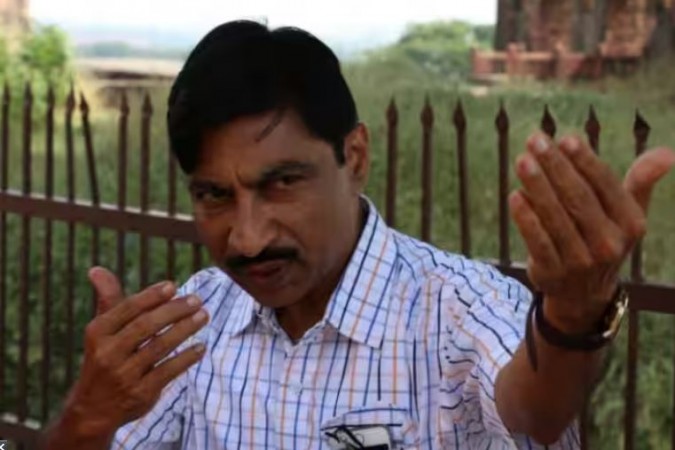
New Delhi: The construction work of the grand Ram temple in Ayodhya is going on in full swing. After several decades, the Supreme Court had put an end to this controversy by giving a decision. However, some Muslim leaders like Asaduddin Owaisi also questioned the Supreme Court's decision and said that we will tell our children that Babri Masjid was there. Meanwhile, it is worth noting the statement of the archaeologist KK Mohammed, who discovered evidence of the existence of a temple at the disputed site. Archaeologist KK Mohammed clearly says that during the excavation of Babri Masjid, many pillars with Hindu symbols were found from there. Which tells that before the Babri Masjid, there was a temple there. He also told that he had gone to Ayodhya for the first time between 1976 and 1977. His first training in archeology was done in Ayodhya.
KK Mohammed has discussed in detail about archeology in an interview. During this, he also talked about the pillars with Hindu symbols found in the Ram temple of Ayodhya and told how he had found many evidences of the temple being in the mosque. KK Mohammed said, 'When the team of the Archaeological Department goes inside any complex for excavation, first of all the area around it is seen, after that it is considered that something can happen in this area.' Mohammad says that, now in the year 1976-77, technology had not developed so much. In such a situation, we had to go inside the mosque, but its locked and a policeman was stationed there. KK Mohammed says that, in those days this issue was not so big. We told the policeman that we came to do research, so he said that you go inside.
KK Mohammed further said, 'When we reached inside the premises, we saw that all the pillars of the mosque were the pillars of the Hindu temple. That is, Hindu temples were demolished and used as pillars of the mosque. How did it come to know that these are the pillars of the temple and not of the mosque. On this question, Mohammad says that the Archaeological Department has this information, that we can find out by looking whether it is of 12th century or it is of 15th century. It means to say that an archaeologist can know from the style of construction of the building, to which time it belongs. We call this stylistic rating. KK Mohammed says that, going inside the disputed premises, he saw that the pillars of the temple had been re-used as columns in the mosque. During that time 12 pillars of the Hindu temple were found there.
Ajinkya Rahane back to India's WTC final squad
Indian-American Arizona State Rep Amish Shah announces Run for Congress
PM Modi will give a gift of 3200 crores to Kerala, the state got the first Vande Bharat Express